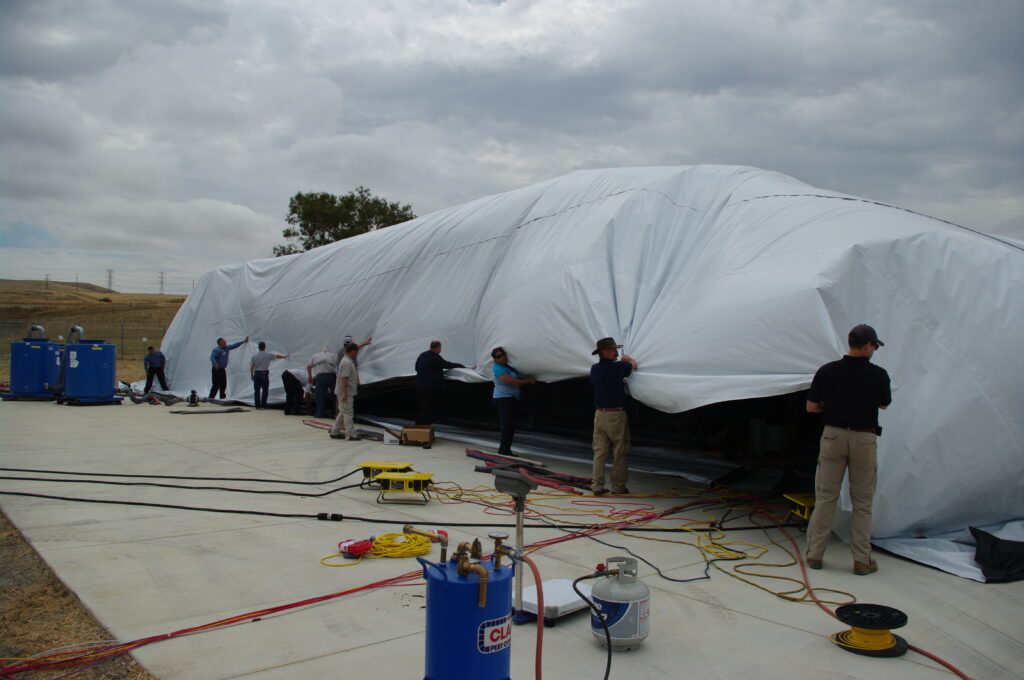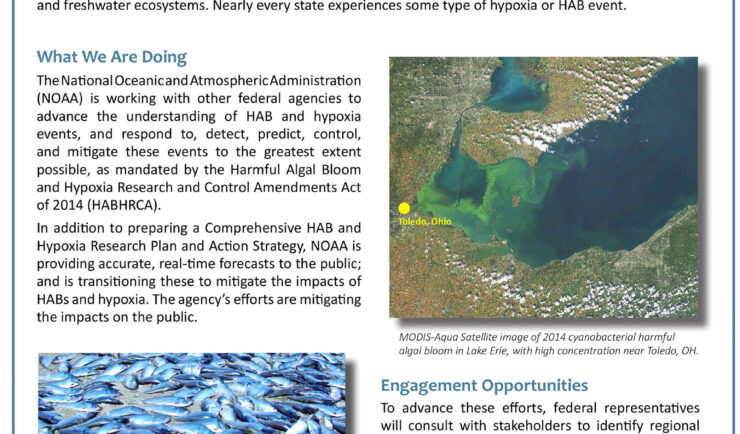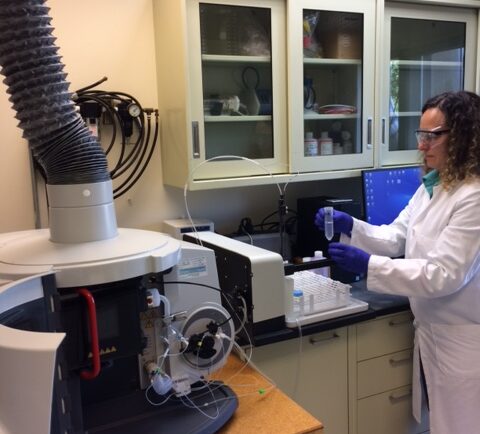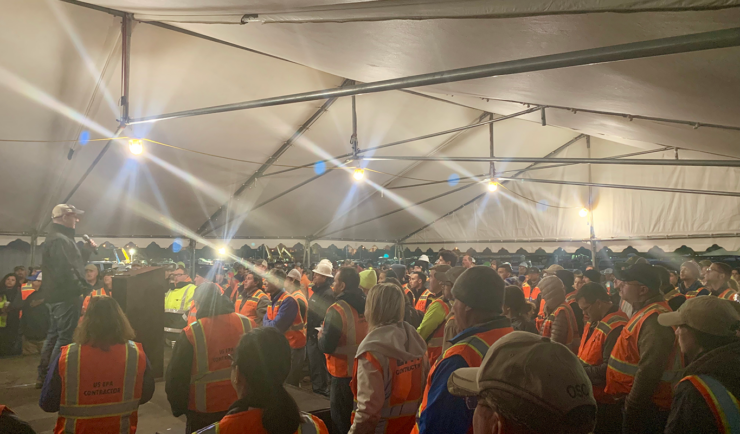Decontamination Field Tests for EPA
CSS staff helped design, plan for, and implement field tests of decontamination technologies and methods using MB for EPA’s Consequence Management Advisory Division.

Testing the Effectiveness of Methyl Bromide (MB) for Decontamination
Our staff helped design, plan for, and implement field tests of decontamination technologies and methods using MB for EPA’s Consequence Management Advisory Division.
At the University of Florida’s Hurricane House, we helped demonstrate that MB could be used to successfully decontaminate a building exposed to a Bacillus anthracis surrogate. Working with University researchers, we designed and implemented the first successful air-scrubbing system to reduce release of MB into the environment during and after the test.
We also helped plan and conduct a mass transit rail car decontamination demonstration project, also using MB. Working on site at Lawrence Livermore National Laboratory in California, we provided technical assistance for the successful project. We scaled down the scrubber system designed for the Hurricane House project to smaller vessels for greater manageability.
Additional Projects

HABs Interagency Research and Action Plans
Our scientists helped set the standard for coordinated research and action to reduce the impacts of HABs.

Analytical Chemistry Support for the US EPA National Aquatic Resource Survey
CSS chemically analyzes hundreds of water samples collected annually from the US EPA’s National Aquatic Resource Survey (NARS), a critical contribution to the EPA assessments of the condition of the nation’s water bodies.

Industrial Hygiene and Safety Support Services to NIH, Division of Occupational Health and Safety (DOHS)
CSS has provided IH and safety support to NIH, DOHS as a prime contractor since 2007.

Get in touch
Contact us to learn more about our projects, capabilities, solutions, and service offerings.







